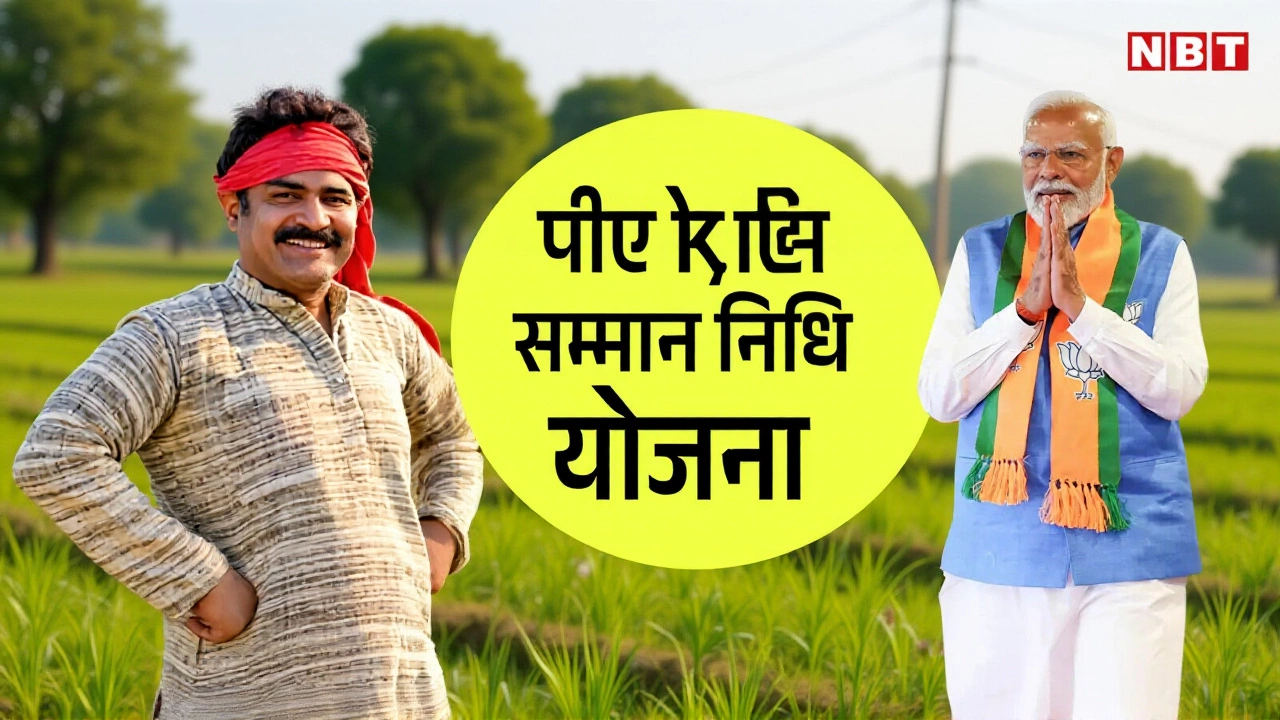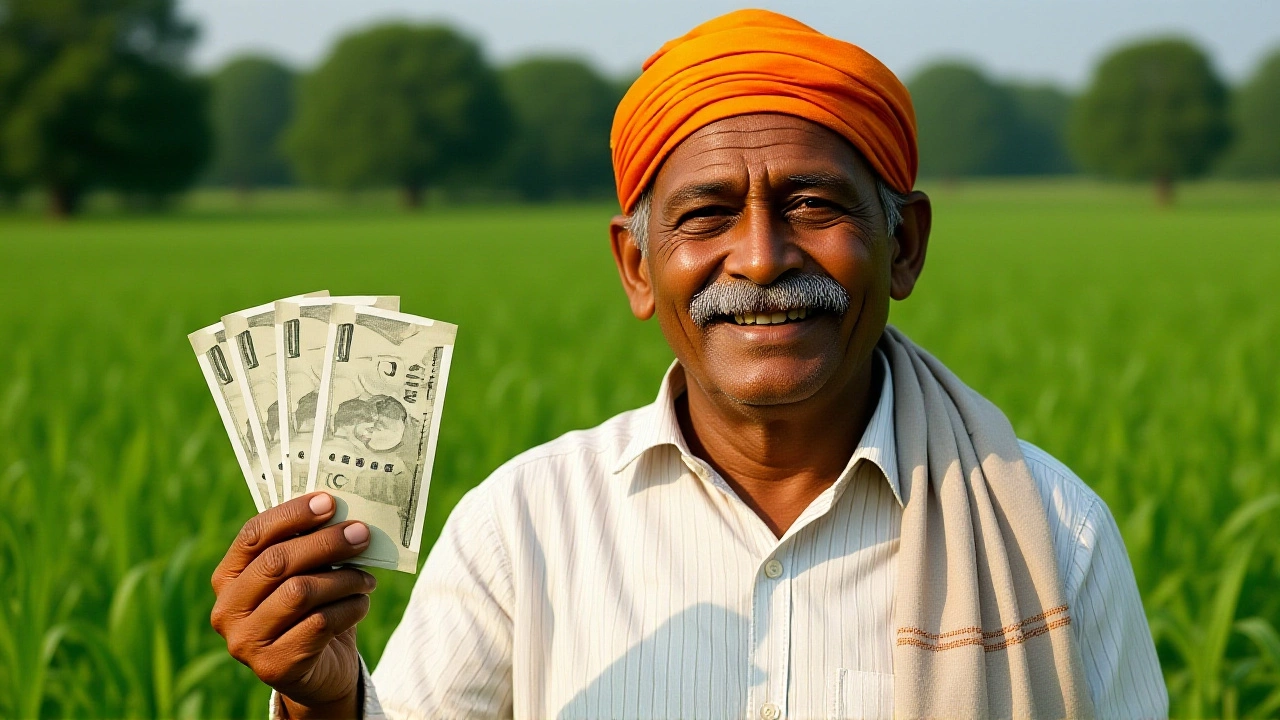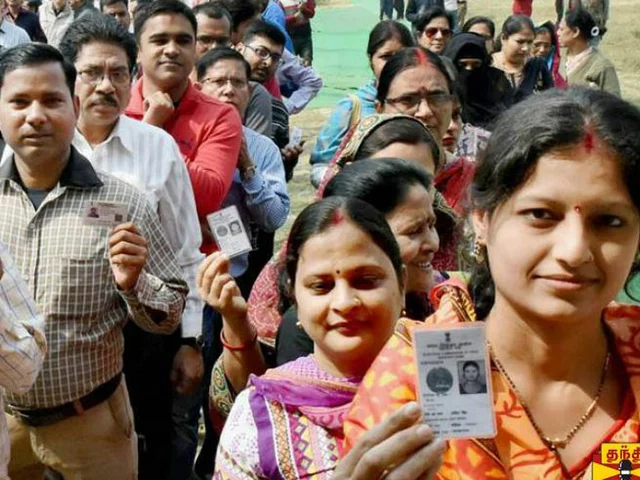On Wednesday, November 19, 2025, Narendra Modi stood under the warm Tamil Nadu sun in Coimbatore, announcing the release of the 21st installment of the Pradhan Mantri Kisan Samman Nidhi (PM-KISAN)Coimbatore — ₹18,000 crore flowing directly into the bank accounts of over 90 million farmer families across India. The money, ₹2,000 per household, arrived just in time for the rabi sowing season. For millions of smallholders, this isn’t just cash — it’s seed, fertilizer, and a breath of relief after two years of erratic monsoons and rising input costs. The announcement came as Modi inaugurated the South India Natural Farming SummitCoimbatore, tying financial support to sustainable agriculture in one symbolic gesture.
How the Scheme Works — And Who’s Getting Left Behind
The Pradhan Mantri Kisan Samman Nidhi scheme, launched on February 24, 2019, delivers ₹6,000 annually in three equal installments to landholding farmer families. The transfers happen via Direct Benefit Transfer (DBT), bypassing middlemen and reaching Aadhaar-seeded bank accounts. This time, nearly 9 crore families received their payment. But here’s the twist: nearly 35 lakh farmers in flood-hit states like Assam, Bihar, Uttar Pradesh, and Odisha got an early head start — ₹710 crore disbursed weeks before the national rollout. Why? Because the government knew those farmers couldn’t wait.
And yet, not everyone qualifies. The rules are strict: no government employees, no income tax payers, no PSU workers, no holders of constitutional posts. In fact, since 2019, state governments have clawed back ₹416 crore from 1.2 million ineligible recipients identified through data matching with income tax and payroll records. That’s not just bureaucracy — it’s a quiet but powerful effort to keep the scheme honest. As one Punjab farmer told me, “They took away my brother’s payment because he’s a schoolteacher. He didn’t complain. He said, ‘Let it go to someone who needs it more.’”
The e-KYC Mandate: A New Hurdle for the Rural Poor
But here’s the catch: starting with this 21st installment, biometric e-KYC verification at Common Service Centers (CSCs) is now mandatory for future payments. That means farmers without smartphones, without internet access, or without the physical ability to travel to a CSC — often elderly women or those in remote villages — risk being cut off. The government says this is to prevent fraud. Critics say it’s another layer of exclusion.
According to the Press Information Bureau, over 30 million beneficiaries still haven’t completed e-KYC. Many live in areas where CSCs are 15–20 kilometers away, with no public transport. “I’ve been getting the money since 2019,” said 68-year-old Laxmi Devi from Jharkhand. “Now they want me to go to a center, stand in line, press my finger on a machine. My hands shake. What if it doesn’t work?”
A Record-Breaking Legacy — And What Comes Next
With this disbursement, the total amount transferred under PM-KISAN since 2019 has crossed ₹3,90,000 crore. No other country has matched this scale of direct cash support to farmers. India now leads the world in DBT coverage — bigger than Brazil’s Bolsa Família, Kenya’s cash transfer programs, or even the U.S. stimulus checks of 2020.
But the numbers tell only half the story. The real impact? Farmers are spending more on seeds and less on debt. A 2024 study by the Indian Council for Research on International Economic Relations (ICRIER) found that PM-KISAN reduced rural household borrowing by 22% and increased crop investment by 17%. “It’s not a subsidy,” said economist Dr. Anjali Sharma. “It’s a safety net that lets farmers take calculated risks. That’s how you build resilience.”
Meanwhile, the simultaneous launch of the South India Natural Farming Summit signals a shift — from cash handouts to long-term ecological sustainability. The summit promotes zero-budget natural farming, composting, and seed saving. It’s not just about giving money — it’s about changing how farmers grow food.

How to Check If You Got the Payment
Eligible farmers can verify receipt in two ways:
- Visit the official portal: pmkisan.gov.in — enter your Aadhaar number, mobile number, or bank account details.
- Visit your nearest Common Service Center (CSC) for biometric e-KYC verification. This is now required for future installments.
Payments typically reflect in bank accounts within 24–48 hours of the announcement. If you haven’t received it by November 25, contact your bank or visit the CSC. Delays are often due to mismatched Aadhaar details — a common issue in rural areas.
What’s Next?
The next installment — the 22nd — is expected around March 2026, ahead of the kharif season. But the real question is whether the government will expand eligibility. Right now, landless laborers, tenant farmers, and sharecroppers are excluded. Over 80 million such workers are left out. Advocacy groups are pushing for inclusion, especially after the 2024 Farm Laws protests showed how deeply fractured the agricultural system remains.
Also, the recovery mechanism may soon go digital. The Ministry of Agriculture is testing AI-driven fraud detection using satellite imagery and land record databases. If successful, it could cut ineligible claims by another 40% — but only if it’s transparent and fair.
Frequently Asked Questions
How do I know if I’m eligible for PM-KISAN?
You’re eligible if you’re a landholding farmer family with cultivable land, and you’re not an income tax payer, government employee, PSU worker, or constitutional post holder. The scheme excludes those earning above ₹1.2 lakh annually. Check your status on pmkisan.gov.in using your Aadhaar or bank details. If you’re unsure, visit a Common Service Center — they can help verify your eligibility.
What if I didn’t receive the ₹2,000 in my account?
First, confirm your bank account is linked to your Aadhaar. Delays often happen due to mismatches. Check pmkisan.gov.in for your payment status. If it shows ‘credited’ but you don’t see the money, contact your bank branch with your PM-KISAN transaction ID. If it shows ‘not credited,’ visit your nearest CSC to update your details or complete mandatory e-KYC.
Why is e-KYC mandatory now?
The government says e-KYC prevents duplicate or fake claims — over 1.2 million ineligible beneficiaries have already been removed since 2019. But critics argue it creates barriers for elderly, disabled, or remote farmers. The Ministry claims 95% of CSCs now have biometric devices, but rural access remains uneven. If you can’t travel, ask your local panchayat for help — some are organizing mobile verification camps.
Can tenant farmers or landless laborers get PM-KISAN?
No, not under current rules. Only landholding families are eligible, which excludes an estimated 80 million agricultural workers who cultivate others’ land. This gap has been a major criticism since 2019. While some states like Kerala and Punjab have launched supplementary schemes for tenants, there’s no national policy yet. Advocates are pushing for inclusion ahead of the 2026 elections.
How much has the government recovered from ineligible recipients?
As of August 5, 2025, the government has recovered ₹416 crore from over 1.2 million ineligible beneficiaries, including government employees, PSU workers, and income tax payers. Recovery is done through data matching with the Income Tax Department, bank records, and state payroll databases. The funds are redirected to the PM-KISAN pool, ensuring more money reaches those who truly need it.
Is PM-KISAN the largest cash transfer scheme in the world?
Yes. By beneficiary count — over 90 million — and total disbursement — ₹3.9 lakh crore — PM-KISAN is the world’s largest Direct Benefit Transfer scheme. It surpasses Brazil’s Bolsa Família (14 million families) and Kenya’s cash transfer programs. The scale is unmatched, and its success has inspired similar models in Bangladesh, Indonesia, and Vietnam.






Write a comment